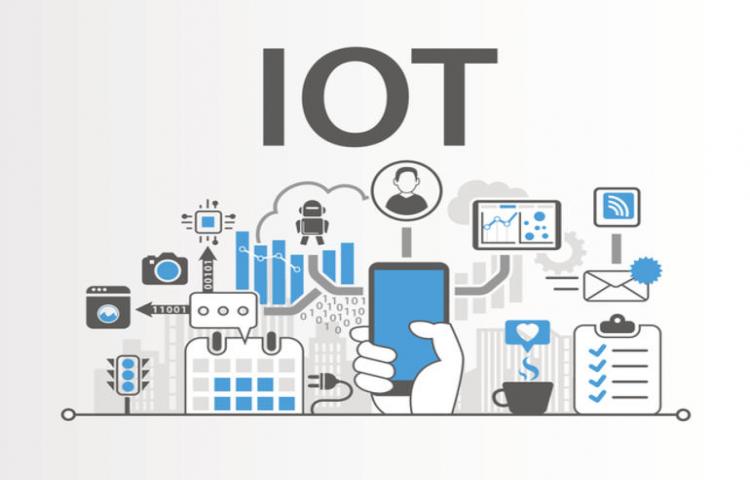How can businesses seamlessly integrate their communication systems with the growing number of smart devices? Is it possible to streamline operations and improve productivity by merging technology? The fusion of Unified Communications as a Service and the Internet of Things (IoT) drives innovation in how companies manage communication and devices, creating an interconnected landscape that fosters efficiency.
By combining UCaaS and IoT, organisations can ensure smooth interaction between various platforms and devices. This integration empowers businesses to automate processes, enabling real-time data sharing and decision-making. In particular, these solutions enhance IoT systems by providing a robust, scalable infrastructure for efficient communication.
Seamless Device Integration
With the growing number of smart gadgets in business environments, ensuring seamless connectivity is crucial. Traditional communication methods often struggle to keep pace with the dynamic nature of these intelligent systems. By integrating these services with IoT, companies can connect multiple devices effortlessly, enabling them to communicate with each other efficiently.
This connectivity allows better coordination between systems, ensuring data is processed and shared across devices in real-time. Whether managing sensors in a smart office or controlling industrial machinery remotely, the collaboration between UCaaS and IoT helps optimise operations. As a result, businesses can focus on innovation rather than managing complex communication systems.
Automation of Daily Operations
One significant benefit of merging this service and IoT is the ability to automate everyday tasks. When devices are interconnected, data can flow smoothly, allowing for quick responses to various events. For instance, an office environment with intelligent lighting and temperature control systems can automatically adjust settings based on the number of people present.
Automation also extends to customer service, which can route calls or messages to the appropriate department based on data collected by IoT sensors. This level of automation reduces manual labour and increases accuracy, providing a better experience for both employees and customers.
Real-Time Data Transmission
Many businesses need the ability to process and share information instantly in industries where quick decision-making is critical; having devices linked together can be a game-changer. By leveraging Unified Communications as a Service, businesses can ensure that information is transmitted between IoT systems in real-time, facilitating fast and informed decisions.
This real-time data sharing also improves collaboration across teams. When employees have access to the most recent data, they can act quickly, address issues as they arise, and avoid delays. In industries such as healthcare or manufacturing, this immediate access to information can significantly enhance performance and reduce risks.
Enhanced Customer Experiences
Companies can deliver personalised and efficient customer service by integrating smart systems and unified communication platforms. IoT devices can collect valuable data from customer interactions, which platforms can use to ensure seamless communication. For example, intelligent retail stores can offer tailored promotions to customers based on their shopping habits.
The same applies to other sectors, such as banking, where automated alerts and notifications can be sent to customers based on real-time data. This ensures that communication is always relevant and timely and adds value to the customer’s experience. Such enhancements not only improve customer satisfaction but also build loyalty.
UCaaS and IoT are revolutionising how businesses manage communication and connectivity, offering seamless device integration and task automation. By combining these technologies, companies can enhance customer experiences, streamline operations, and achieve cost efficiency, all while maintaining scalability. Embracing these innovations is essential for businesses looking to thrive.



